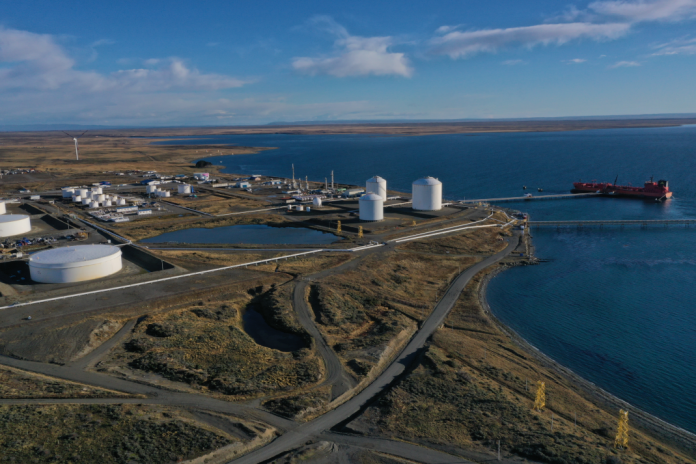The Ministry of Energy in Chile and the Maersk Mc-Kinney Moller Center for Zero Carbon Shipping have signed a formal agreement to establish a network of green corridors in Chile that will enable green maritime transportation of goods in and out of the country.
The project, called Chilean Green Corridors Network, which will also include direct support from the Ministry of Transport and Telecommunications, and the Ministry of Foreign Affairs, is expected to be completed in 2022.
“It is essential to the transition that governments actively take responsibility and participate in establishing green corridors,” said CEO of Maersk Mc-Kinney Moller Center for Zero Carbon Shipping, Bo Cerup-Simonsen.
The first project step will comprise the mapping and assessment of the most promising green corridors in the region, which will be based on emission intensity, fuel availability, distance to ports, vessel segments, routes and cargo types, among other relevant aspects.
The Maersk Mc-Kinney Moller Center in collaboration with representatives from the Chilean government will lead the pre-feasibility study to engage relevant stakeholders that operate in the value chain associated with the corridors, aiming to form consortia among these stakeholders, who hold the potential of realising green corridors.
“We need large-scale projects like green corridors to take the decarbonisation of the maritime industry from theory to actual demonstration of production, supply and use of alternative fuels in the ports,” said Cerup-Simonsen, and continued, “Only this way will we align on standards and obtain the experience and knowledge we need to scale solutions fast enough to meet the end target of net-zero in 2050.”
Green corridors can help accelerate the development of zero-carbon marine fuels and technologies, and they also provide the foundation for new, sustainable business models both onshore and offshore, according to a statement.
Minister of energy for Chile, Claudio Huepe, noted that these initiatives are key to demonstrate the viability development of new productive activities, such as green steel and green copper, to supply the world with clean materials for a sustainable economy in the upcoming decades.
“By advancing towards a more complex, and greener economy, we aim to create an ecosystem that supports local growth, creating long-lasting and sustainable jobs based on a clean global energy system,” he pointed out.







